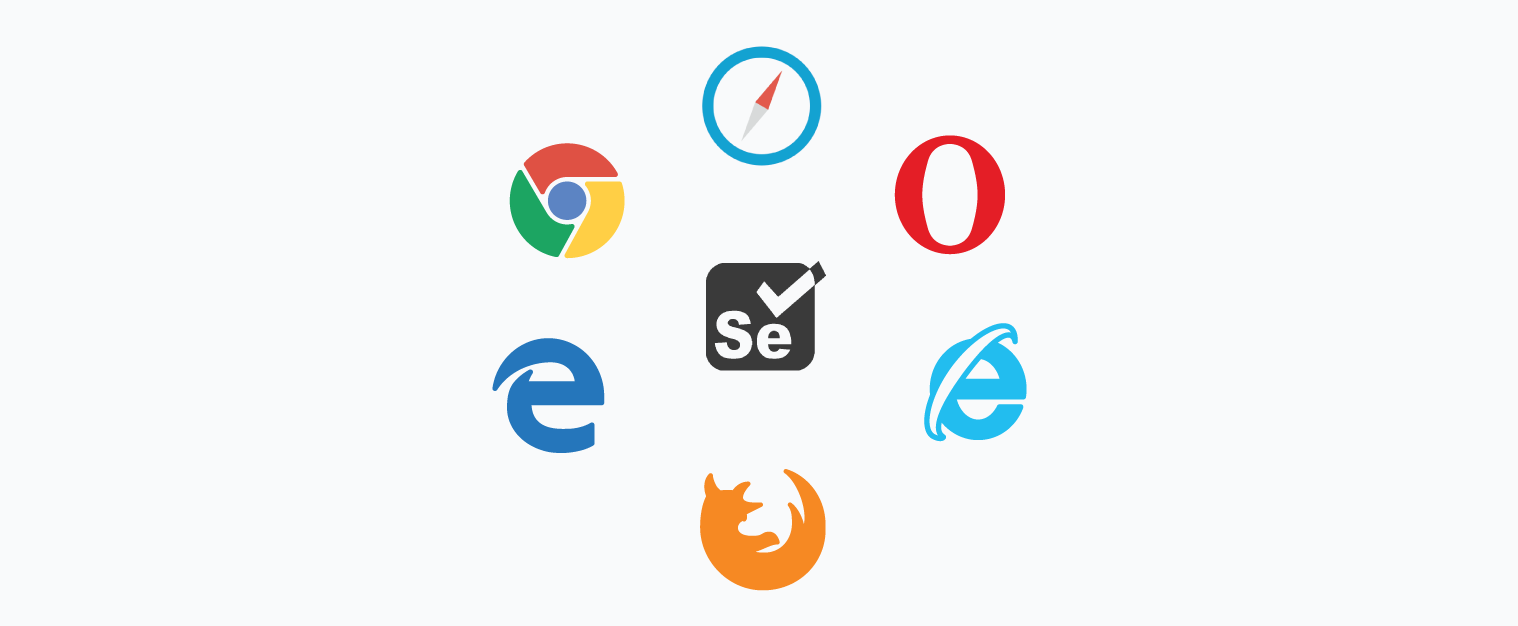A Comprehensive Analysis of OnFolio Website Investing Strategy

The digital landscape has witnessed a surge in innovative business models, and one particularly intriguing strategy is the roll-up approach in website investing. This involves acquiring cash flow-producing websites at lower multiples, consolidating them, and subsequently taking the larger combined entity public at a significantly higher multiple. The appeal of such a business model is evident, promising substantial returns if executed successfully. In this article, we delve into the specifics of OnFolio, a player in this arena that has filed for an Initial Public Offering (IPO), shedding light on its operations and performance.
OnFolio’s Business Model
OnFolio specializes in acquiring and managing online businesses, encompassing content websites, e-commerce ventures, and productized services. Their strategy revolves around obtaining controlling interests in websites that exhibit long-term growth potential, stable cash flows, minimal threats of obsolescence, and can be effectively managed by their existing team or have strong management teams in place. The overarching goal is to offer investors an opportunity to diversify their portfolios by cultivating a group of websites with these favorable characteristics.
The Intricacies of the Roll-Up Business Model
The allure of the roll-up business model lies in its simple yet compelling mathematics. The strategy involves acquiring online businesses at 2x-4x earnings multiples, often utilizing debt to avoid dilution. The ultimate aim is to go public and secure a valuation of 20x or more on the aggregated assets. While the theory is straightforward, its practical viability in the real world remains a critical consideration.
Examining OnFolio’s Performance
Overview of 2021 Numbers:
- Revenue: $1,808,543
- Cost of Revenue: $1,073,509
- Gross Profit: $735,034
- Expenses: $2,687,345
- Income (Loss) from Operations: ($1,952,311)
Despite generating $1.8M in revenue with a gross profit of $0.7M, OnFolio incurred a substantial net loss of $1.9M. The high expenses, particularly in the Selling, General, and Administrative (SG&A) categories, are attributed to the efforts to go public. Legal and accounting bills associated with the IPO process are significant contributors to these expenses.
Portfolio Performance:
- 5 wholly-owned content/e-commerce sites
- 1 wholly-owned productized service
- 10 websites with a management agreement
- 2 productized services are being managed
Analyzing the 100% owned websites and their performance, it is evident that the overall portfolio has shown resilience, with a 9.06% increase in traffic across the sites with available data. This underscores the strength of the portfolio model, where individual site fluctuations are mitigated by the collective performance.
Return on Capital Employed (ROCE):
- Gross Profit: $735,034
- Net Cash Used in Investing Activities (2020-2021): $1,020,496
ROCE = $735,034 / $1,020,496 = 72%
Alternatively, considering the Return on Investment (ROI) if the assets purchased were liquidated at a 3x multiple, the ROI stands at an impressive 116% over approximately two years.
Implied Valuation of OnFolio
Estimating the implied valuation of OnFolio involves scrutinizing the amount of cash being raised and the cost per share. With net proceeds estimated at around $13,246,349, the assumed price per share is $5.14. This brings the final value of OnFolio to approximately $74,859,052, encompassing the raised cash of $15M and the existing portfolio of assets.
The financial alchemy at play in roll-up business models is evident in this valuation. Despite a net loss and the challenging language in the SEC filing expressing doubts about the ability to continue as a going concern, the implied valuation commands attention. The potential return on capital deployed and the assets’ performance contributes to the allure of this financial strategy.
OnFolio’s journey into website investing, particularly its pursuit of the roll-up strategy, offers valuable insights into the dynamics of this evolving landscape. The ambitious approach to going public with a portfolio of online businesses showcases both the potential rewards and challenges associated with such endeavors. As the digital business realm continues to evolve, strategies like OnFolio’s provide a fascinating case study, inviting observers to assess the intersection of financial alchemy, operational performance, and the intricacies of the IPO process. The success or challenges faced by OnFolio in the public domain will undoubtedly contribute to the ongoing narrative of innovative business models in the digital era.



